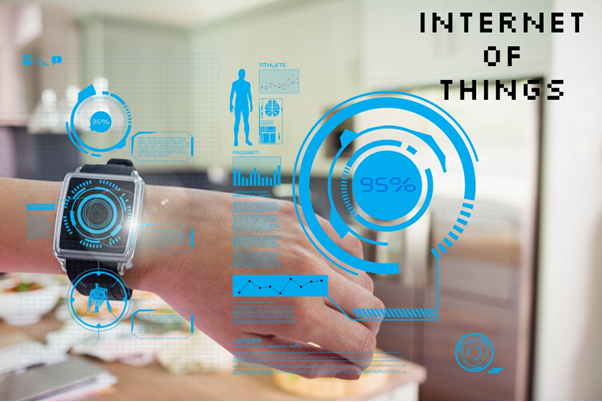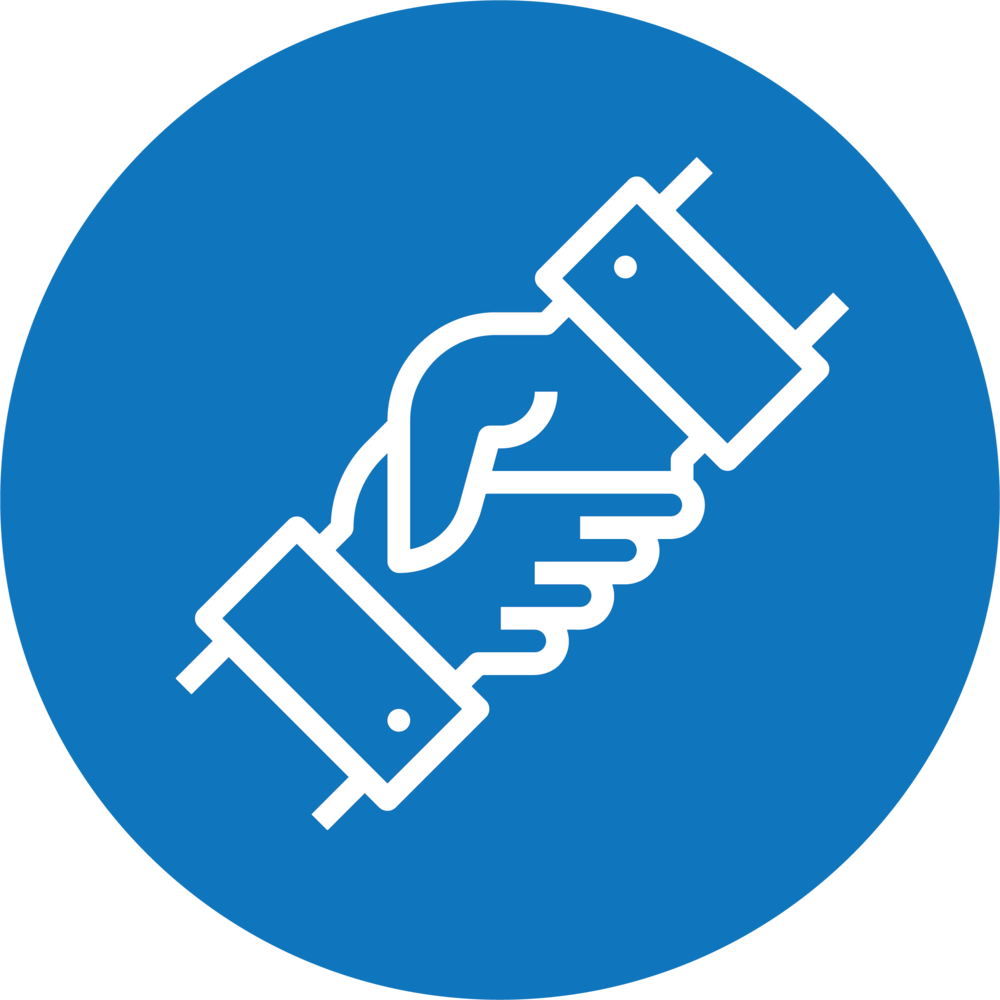Digital Twins: Real-World Insights with IoT
Digital twins are not merely an idea, they serve as a tool that is already reshaping industries by offering real-world insights through IoT.
Imagine a world where you can create a copy of anything – whether it's a car, a factory or even an entire city. You can then monitor its performance in time, predict issues before they happen and enhance its efficiency without ever needing to physically touch the actual object.
Welcome to the realm of twins, a technology revolutionizing various industries by offering valuable insights powered by the Internet of Things (IoT). With their capability to simulate and analyze entities in a space digital twins not only provide a glimpse into the future but also actively shape our current reality.
What are Digital Twins?
At its essence, a digital twin is a representation that accurately mirrors a physical object or system. It serves as a real-time counterpart that progresses alongside its physical counterpart. Utilizing sensors and data streams digital twins. Replicate the current state, health and actions of their physical counterparts. This continuous exchange of information allows companies to gain insights, experiment with scenarios and foster innovations, without having to face the risks involved in physical experiments.
Think of it as possessing a magical crystal ball that allows you to peer into your assets. Whether you're overseeing a factory, a fleet of vehicles or a network of buildings, digital twins offer valuable insights into their operational dynamics. This helps you make decisions and improve performance in ways never seen before.

The power of twins lies in their ability to gather and analyze amounts of data. This is where IoT digital twins play a role. IoT devices and sensors act as the "eyes and ears" of the twin continuously collecting data on factors such as temperature, humidity, vibration and wear. This data is then processed by the twin in time to accurately represent the current status of the physical asset.
For example, in a manufacturing facility, IoT sensors may monitor machinery's temperature, pressure and rotational speed. The plant's digital twin uses this data to model operations identify irregularities and predict malfunctions. By taking an approach through maintenance based on these insights downtime is minimized, costs are reduced significantly and productivity is enhanced. Using replicas to gain knowledge in IoT industry solutions helps companies improve their operations and anticipate results, with greater precision.
Digital Twin Use Cases
Industries and situations utilize twins to enhance operational efficiency minimize downtime and achieve better results. By harnessing data a digital twin can mirror anything from a piece of machinery, like a wind turbine to a business process such as customer interactions in a physical store. These models provide tailored insights to each business for success.
1. Utilizing digital twins in manufacturing
Digital twins can depict manufacturing processes providing insights at both operational and strategic levels. Manufacturers can closely monitor each process step conditions to optimize equipment performance understand product usage patterns and leverage data-driven analytics for enhancing quality while reducing costs.
At a level manufacturers offering connected products can introduce innovative solutions, like remote monitoring, intelligent field services and performance management. Through IoT-connected products equipment manufacturers can offer customers value-added services that foster loyalty by enhancing the overall customer experience.
2. Digital twins in the oil and gas industry
Digital replicas play a role in industries like oil and gas which heavily rely on assets and operations. They provide a real-time perspective on process variables, including equipment in the field and personnel managing machinery.
For instance, pump jacks are used to extract oil from wells when there isn't pressure to bring it to the surface. Users can create a model of a pump jack and set up performance indicators (KPIs) for its operation and test scenarios against live data. This enables users to identify issues with pump jacks and plan ahead for maintenance.
3. Digital twins in energy
Utilizing real-time data digital twins can represent components like weather sensors, solar panels, wind turbines, battery management systems, grid systems and other remote assets. This helps operators maintain network stability and ensure the operation of equipment.
4. Digital replicas in healthcare
In healthcare settings digital twin solutions allow providers to generate a representation of a patient's body structure and medical background. This empowers healthcare professionals to make informed decisions about treatments by conducting tests on the twin.
- Digital twins in retail
In retail digital twins technology is utilized to analyze consumer behavior for enhancing the shopping experience. By utilizing real-time data, from sensors within the store retailers can. Monitor a virtual representation of store traffic. This valuable insight reveals customer paths, popular stopping points and unnoticed areas aiding retailers in understanding customer preferences.
- Digital twins in smart cities
In planning and city management, digital twins are aiding in constructing more resilient cities. By creating replicas of infrastructure like roads, bridges and buildings insights into their status can be gained for maintenance planning. For instance, a digital replica of a bridge can monitor its health in time and alert authorities, about potential issues before they escalate. Furthermore, digital replicas of areas can simulate a variety of situations, such, as assessing the impact of new transportation systems or predicting outcomes in the event of a natural disaster. This facilitates decision-making based on data leading to improvements in residents' quality of life and ensuring the long-term sustainability of city environments.
- Digital twins for sustainability
When it comes to sustainability digital twins are constantly updated with sensor data encompassing power output, energy consumption, temperature levels and maintenance requirements. This empowers operators with opportunities to optimize their equipment for efficiency. Leveraging twins for simulations allows for the examination of performance issues and identification of enhancements, before implementing them on actual equipment.
Addressing Obstacles
While the potential benefits of twins are significant there are obstacles hindering their adoption. One major challenge is ensuring high-quality data. The accuracy and real-time nature of data from devices are crucial for twins as any discrepancies or inaccuracies can result in flawed models and decisions. Managing data integrity and handling the volume generated by IoT devices pose hurdles.
Another obstacle involves integrating twins into systems and processes. This necessitates not only expertise but also a shift in organizational culture towards embracing data-driven decision-making.
Moreover, security and privacy issues must not be underestimated. Given that digital twins deal with information and are linked to vital systems they become attractive targets for cyber threats. It is imperative to implement cybersecurity measures to protect twins and the valuable insights they offer.
Final Thoughts
Digital twins are not merely an idea, they serve as a tool that is already reshaping industries by offering real-world insights through IoT. Across sectors like manufacturing, healthcare and smart cities, digital twins aid organizations in enhancing performance efficiency while cutting costs and fueling innovation.
With our utilization of capabilities and data resources, the potential of digital twins will only broaden further towards a smarter interconnected world. The future has arrived – powered by technology.







